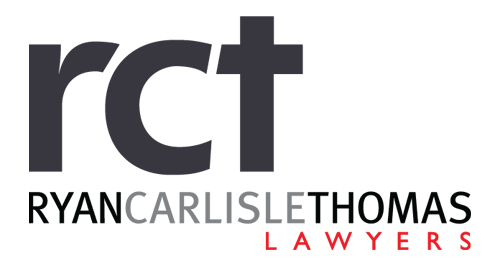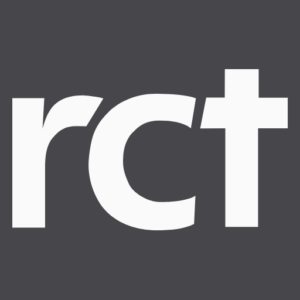Trinity Grammar has come under the spotlight recently, after allegations were made against four of its teachers of child sexual abuse occurring in the 1970s.
We act for many clients who are survivors of abuse perpetrated against them at school, including both schools run by the department of education and prestigious private schools. Indeed, schools such as Geelong Grammar, Knox Gramma and Yeshiva have all been the subject of case studies undertaken by the Royal Commission into Institutional Responses to Child Sexual Abuse.
There are certain complexities involved in making a claim in negligence against a school for abuse perpetrated by a staff member of that school.
Proving a claim in negligence
To prove a claim in negligence, we are tasked with satisfying a Court of the following elements:
- That the school owed our client a duty of care;
- That the school breached that duty of care when the abuse occurred; and
- That the abuse caused damage or injury to our client.
The second element can be hard to prove in these cases, and will involve an investigation of systemic factors such as what arrangements the school has for supervision of its staff, the school’s response to complaints of misconduct, and school guide-lines in relation to hiring and background checks of its employees.
Where a school keeps minimal records and the abuse occurred a significant time ago, proving the second element can be particularly difficult.
To hold a school accountable for the criminal actions of its employees also requires proving that the school was ‘vicariously liable’ for its employees’ actions.
Vicarious liability
An employer will be vicariously liable for a tort committed by an employee if the conduct occurs in the course of his or her employment. Proving that the conduct occurs “in the course of employment” is complex and requires an examination of the particular relationship between the school and employee.
New South Wales v Lepore ([1]“Lepore”)
In the case of Lepore, the High Court dealt with the issue of whether several schools were vicariously liable for the sexual abuse of pupils by teaching staff.
Chief Justice Gleeson found that: “where the teacher-student relationship is invested with a high degree of power and intimacy, the use of that power and intimacy to commit sexual abuse may provide a sufficient connection between the sexual assault and the employment to make it just to treat such contact as occurring in the course of employment.” [2]
The other members of the Court were divided on whether sexual abuse by a teacher could be considered conduct ‘in the course of employment’. Unfortunately in this case, the plaintiffs were not successful in establishing that the schools were liable for the criminal conduct of their employees.
In the more recent Victorian case of Erlich v Leifer and Addass Israel School Inc [2015] VSC 499, a plaintiff was awarded over $1million dollars for abuse perpetrated against her by a teacher at Addass Israel School. The abuse occurred at the school and home of the teacher.
The Court found in this case that the teacher’s conduct was attributable to the school because she operated without any form of appropriate oversight noting that she exercised control in an unrestrained and unrestricted manner.
Prince Alfred College v ADC ([3]“Prince Alfred College”)
Most recently, the High Court has considered the issue of vicarious liability in this area in a case involving the abuse of a 12 year old boarder by a housemaster at Prince Alfred College. [4]
While the High Court did not make a clear determination on the application of vicarious liability, it did comment on the concept. It held that the “relevant approach” is to consider the role the employer has assigned the employee, and whether the performance of such a role may give the employee an occasion for the wrongful act to occur.
The Court listed particular features to take into account in examining this role, namely the “authority, power, trust, control and ability [of the employee] to achieve intimacy with the victim”. [5]
The need for clarification
Without further clarification of vicarious liability in these cases, the complexity involved in proving vicarious liability will remain difficult for survivors of abuse that occurred at school.
Who is the entity being sued?
The entity that is being sued will depend on whether the school is run by the State or privately by a business or corporation.
In claims against public educational institutions, the defendant will most often be the Department of Education who were responsible for the school being sued. In claims against private schools, the business or legal entity that owns the school is the legal entity to be sued. A claim can otherwise be made against an individual perpetrator for the civil wrong they have committed.
What about criminal consequences?
We always encourage our clients to pursue the matter with police where a criminal offence has occurred. Pursuing criminal justice avenues can be of great significance to survivors of abuse, and may also assist in relation to evidence gathering.
This can also be important where there is a lack of records or other evidence about a person’s experience at school.
Should you wish to obtain some advice in relation to abuse suffered at school, you can contact a member of our experienced sexual and institutional abuse team on 03 9238 7878.
[1] [2003] HCA 4
[2] Ibid, at [74]
[3] Prince Alfred College Incorporated v ADC [2016] HCA 37
[4] Prince Alfred College Incorporated v ADC [2016] HCA 37
[5] Ibid, at [80]




